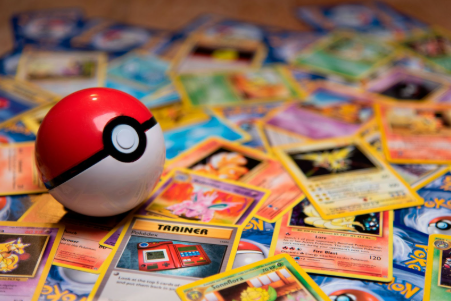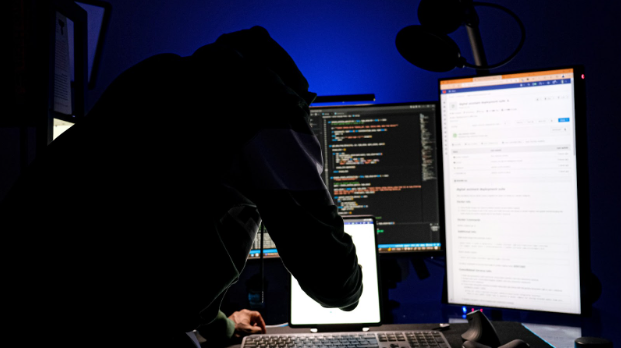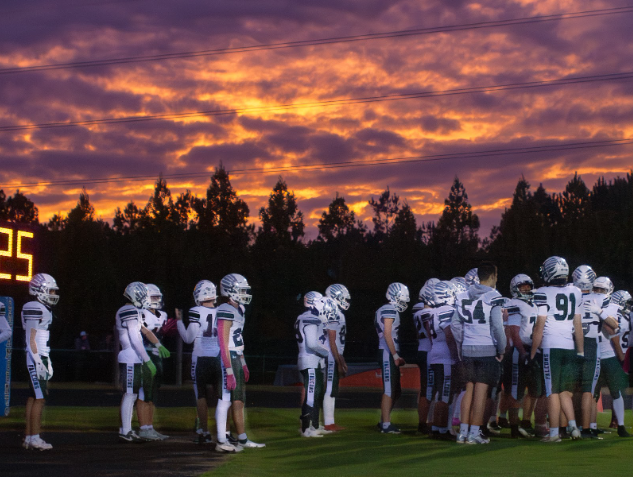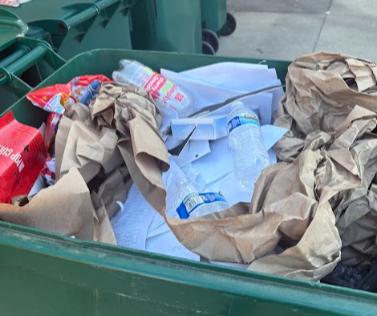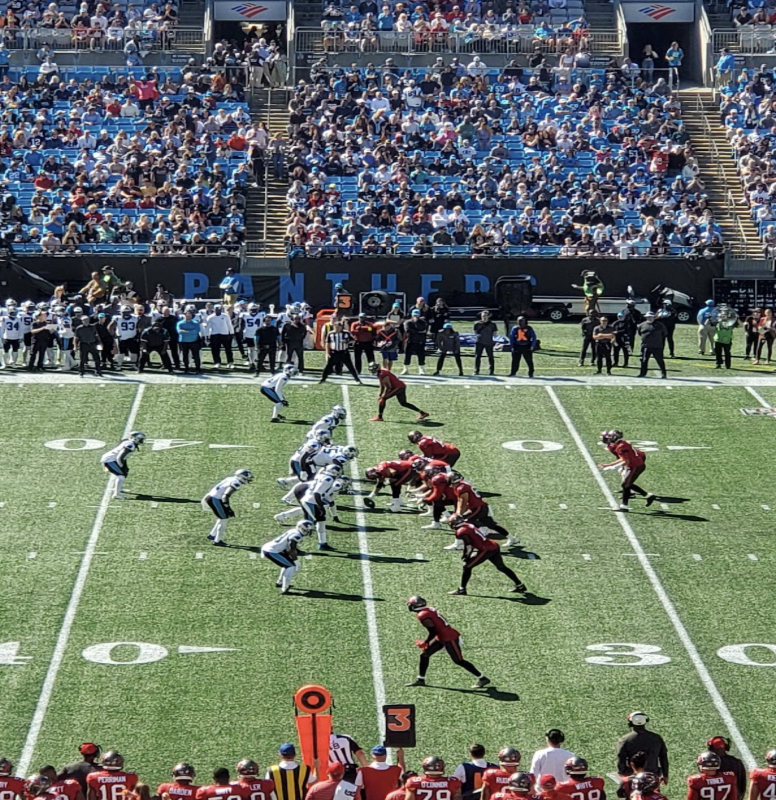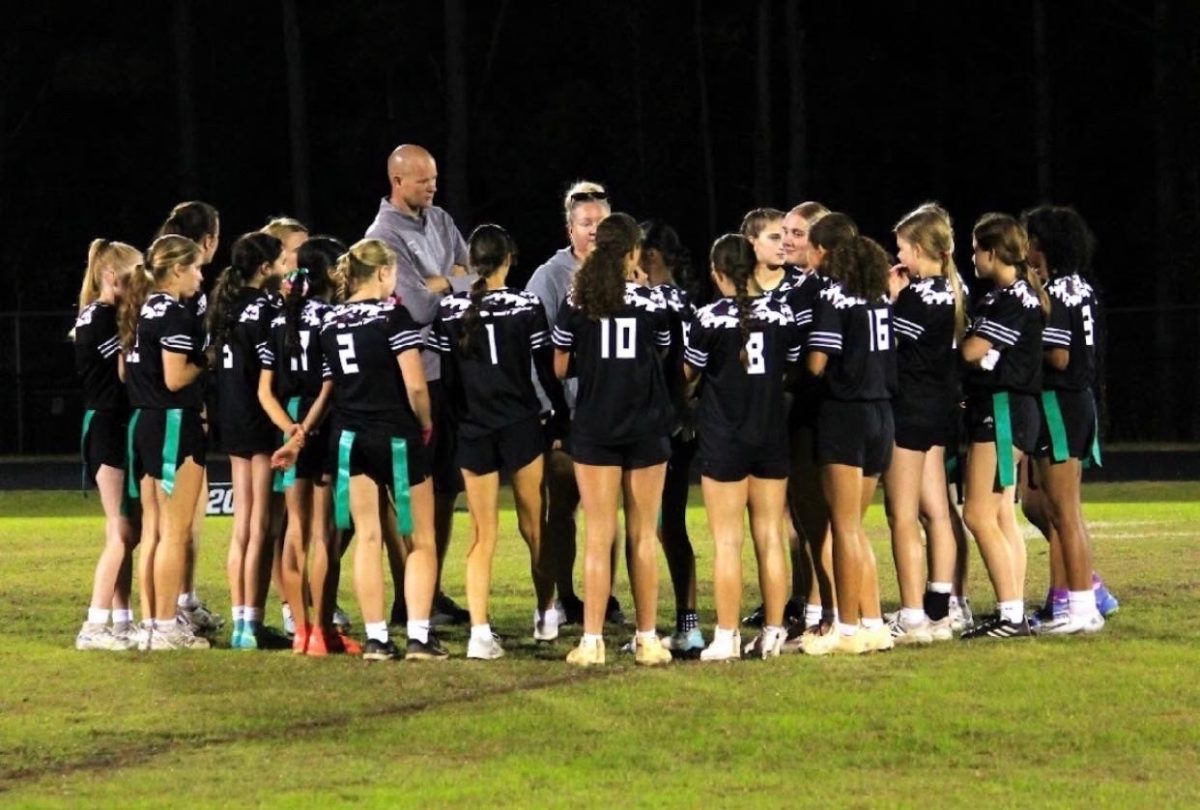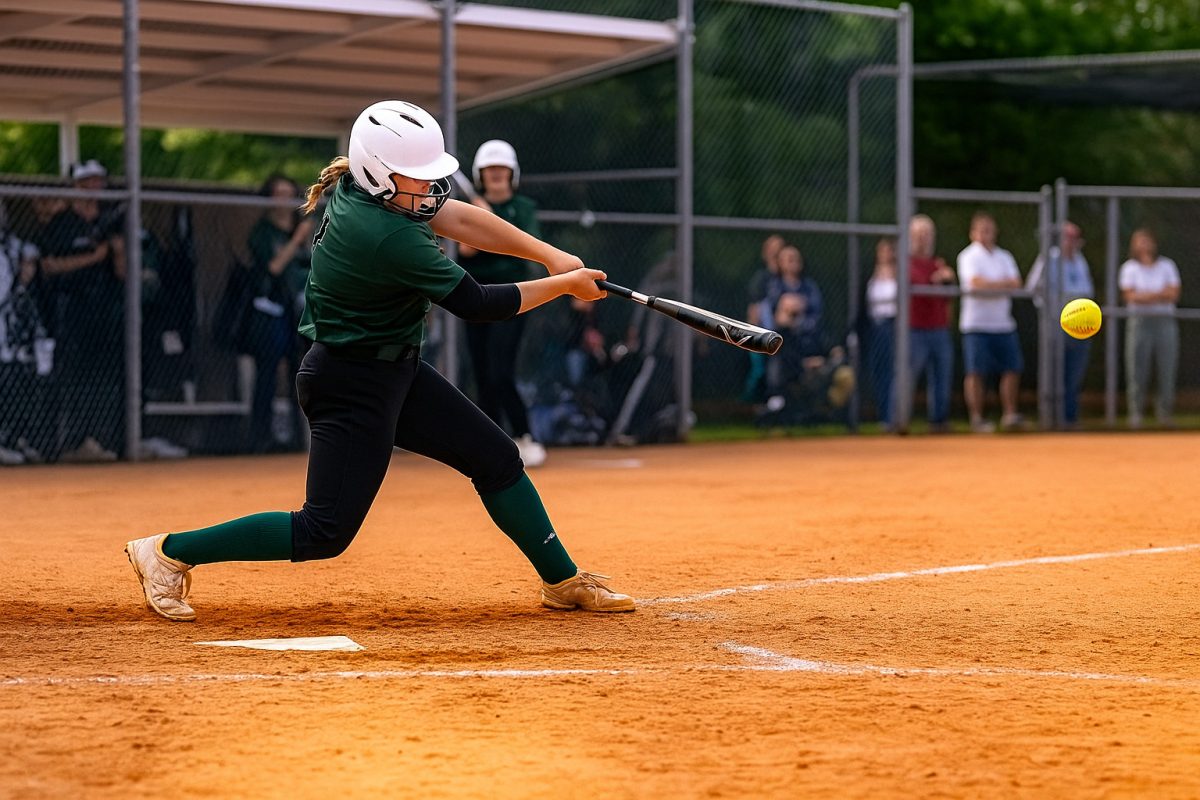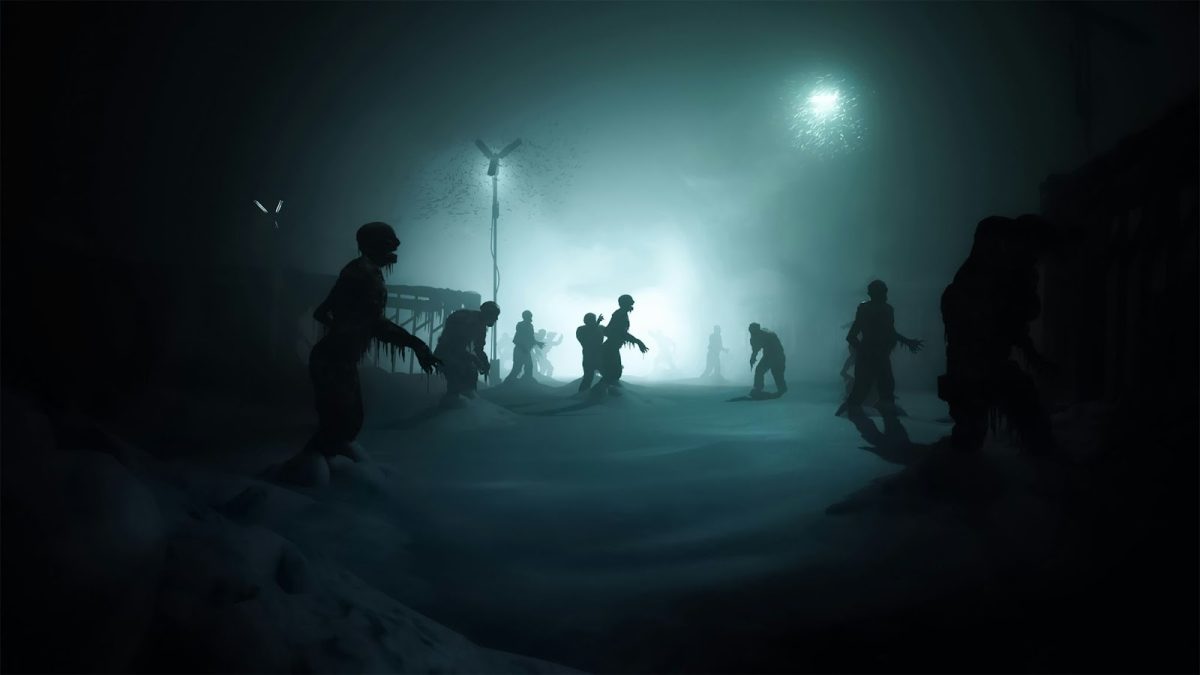Seven months later: Current status of the Russian-Ukrainian war

The Ukraine flag depicted with the coat of arms displayed in the center.
October 6, 2022
After a years-long conflict between Russia and Ukraine, the Russian army invaded Ukrainian territory on February 24th, 2022. Since then, countless men, women and children in both nations have have been pushed into defending their homeland or fleeing in search of asylum.
The start of the invasion not only signified a clash between the two countries but also a battle between political ideals and morals: Western ideologies of individualism and democracy versus Eastern ideals of collectivism. As a result of the divide, issues and debate sparked worldwide.
Reports from the United Nations publicized that as of September 9th, over 14,000 civilians suffered casualties, with 5,767 of them being fatal. Matilda Bogner, Head of the UN Human Rights Monitoring Mission in Ukraine, added that the “actual numbers are likely considerably higher.”
In addition to the casualties, the report also includes information regarding Ukrainian war prisoners held captive in Russian-occupied territories. They are reportedly being denied their rights to decent care, developing contagious illnesses and are subjected to torture. Some of these war prisoners include pregnant women, which has propelled the United Nations to place pressure on the Russian government for their release.
As countless Russians attempt to cross the border into neighboring countries, reports have found that Russian forces are confronting fleeing men with military draft notices. In Russian-occupied territories of Ukraine, such as Melitopol, citizens report instances of coercion by authorities to vote in favor of the independent nation joining Russia.
Former Melitopol Mayor Dmytro Orlov stated that forces “bang loudly, ring the doorbell, give people a ballot and point with their rifles where to put the mark.” The referendums ended on September 27th, with the majority in support of the territories joining the Russian Federation, but the authenticity of this support remains ambiguous.
Ukraine continues to mobilize in an effort to retake occupied land in the southeast, resulting in numerous confrontations with the Russian army. As of September 27th, officials in the West estimated that around 80,000 Russian soldiers have suffered casualties.
Supply chains remain disrupted, political climates have become more polarized and tension between Russian and Ukrainian citizens, including those living abroad, continue to rise.
Outside of Ukraine and Russia, nations around the globe continue to be impacted by the conflict as well. With fifty-three percent of Americans believing the United States should back Ukraine until Russian forces withdraw, the country still remains divided as to how much aid it should provide.
Although a large portion of Democrats believe that the United States is providing the right amount of support to Ukraine, Republicans and Independents disagree. Both parties were more likely to state that America is giving out too much aid to the nation at war.
The country’s divided response to the crisis transcends beyond just political parties. Members of the Silent Generation believe that America is not intervening enough, but most Baby Boomers state that the country is providing the right amount of support.
Regarding domestic affairs, Russian President Vladimir Putin continues to face scorn from the Russian population. From August to September, his approval rating decreased from 83% to 77%, with support for Russian forces decreasing by four percent in tandem (76% to 72%).
As of October 6th, the two nations continue to battle with no effective solution to the ongoing crisis.

